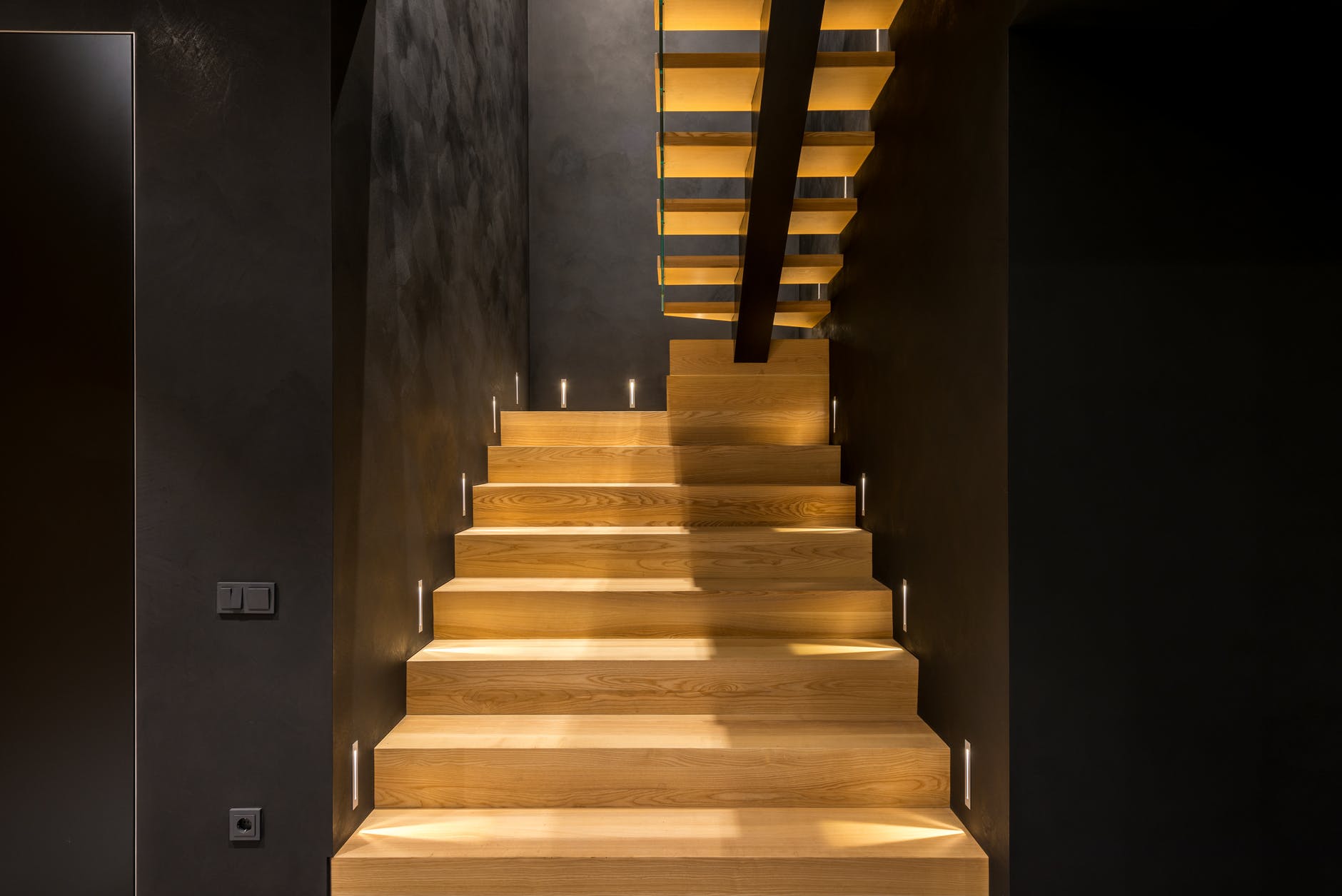
We have a lot of choices when it comes to building materials these days. We can have exotic stones and wrought iron shipped in from all corners of the globe to achieve the exact aesthetic we’re looking for. With all those available choices, it’s important that we don’t forget to consider the importance of wood. Timber architecture is not only beautiful and versatile, but there are a whole host of benefits that go along with using wood as a building material.
Timber architecture is both beautiful and economical
We’ve been using wood to build just about everything we need since the beginning of time. It looks great, it’s easy to work with, and as long as we remember to replace the trees we take, it’s a very renewable and green resource. The fact that we can work wood into nearly any size and shape imaginable is one of its strongest advantages in the design and construction world.
Aside from its beauty and ease of use in construction, the benefits of wood in architecture stretch into the economical realm too. Wood is one of the most readily available resources on the planet, and as such, is relatively cheap compared to other materials.
Why is wood a good building material?
It’s cheap
Nearly everyone likes a good deal and coming in under budget. Timber architecture is a great choice when you’re not trying to break the bank. Not only is this renewable resource readily available, but building with wood is relatively quick and painless, so it saves money on labor too.
It’s easy to work with
We’ve mentioned that wood is easy to work with, but what does that mean? That means you don’t need to be highly trained in many specialties to work with wood. Timber frame architecture can be built very quickly by any general contractor, which saves money on both labor and specialists. Some materials that are harder to work with require specialized training or licenses, and we pay those builders for the experience they have.
Wood is a renewable resource
In most western countries, lumber and other forest product companies are required to replace the trees they harvest. It’s called reforestation, and it’s important to the companies that rely on wood. It’s also very important for the earth. When companies purchase the right to log a section of state or national forest, they pay a fee to fund replanting and reforestation. Forestry companies plant enough trees to ensure plenty of timber and oxygen for the foreseeable future.
What are the advantages of wood?
Beyond the advantages associated with budgets and wood’s properties as a building material, there are psychological and health benefits of wood that shouldn’t be discounted. The beauty of the wood grain, paired with the natural properties inherent in the wood makes it a fantastic option for any design. A good deal of the advantages of wood in interior design are associated with mental and physical health.
Wood is Beautiful
With more than 5000 species of wood commercially available, you can find woods of any hardness, color, and grain pattern your mind can dream up. Each of them can be enhanced and protected with various stains and sealants to give you the exact look you are going for. Timber architecture makes us feel calmer and may even lower our heart rates when compared with architecture made of inorganic materials.
Connects Us with Natural Elements
Americans spend roughly 93% of their lives indoors, according to the Environmental Protection agency. Ninety-three percent! That’s the equivalent of spending only 12 hours a week outdoors. It’s a far cry from the lives our ancestors lived. All this time spent indoors has left many of us feeling disconnected from nature. By bringing natural elements indoors, we do ourselves a favor by providing the exposure to nature we’d otherwise miss out on in our modern lives.
Stress Reduction
The act of bringing those natural elements into our work and living spaces delivers benefits that have a positive impact on our stress levels, and by extension, our mental health. Numerous studies have shown that by bringing wood and plants indoors, people’s stress levels are lowered and they feel more at ease.
Humidity Control
Wood also naturally regulates the amount of moisture in the air. When the environment gets overly humid, wood absorbs moisture from the air. On the other end of the spectrum, when the air is overly dry, wood releases moisture back into the space. This very cool property allows the wood to stay at the perfect moisture level and allows us to feel more comfortable as a result.
Sound Control
Wood doesn’t only absorb moisture. It also absorbs sound waves. Building materials like metal, stone, concrete, and drywall are all generally hard, flat surfaces. These kinds of surfaces reflect sound waves and amplify the noises in a space. By opting for timber architecture instead, you have the ability to reduce the overall noise you have to deal with.
Wood is naturally more reflective than absorptive, so materials producers cut small holes or perforations in the wood to increase its sound control properties. You can install large, perforated wooden panels as your wall and ceiling materials if you want to get serious about sound control. This is how places like large theatres and concert halls keep their rooms sounding great.
When might wood not be a good choice?
There may be advantages and disadvantages of wood in construction, depending on your project. For example, in the US, the height of wooden structures is generally limited to 85 feet, or 6 stories, due to the combustible nature of wood. This trend is slowly shifting, though, as newly developed mass timber products capable of handling the demands of high rises are hitting the market.
Mass timber architecture is a newish wave of architecture that uses large wood panels to frame floors, walls, and roof construction. Wood is glued together under high pressure, with grains stacked perpendicularly for added strength. Mass timber is lightweight, fire-resistant, environmentally friendly, and lighter than many traditional skyscraper materials, so be on the lookout for new wood high rises in the near future.
Why go with wood?
At the end of the day, most people simply choose wood because they like the look of it. They may not even know why. It’s like a primal urge. There are so many advantages to timber architecture that we could come up with dozens of reasons. None of them matter so much as our natural draw to this timeless, life-enhancing material.




